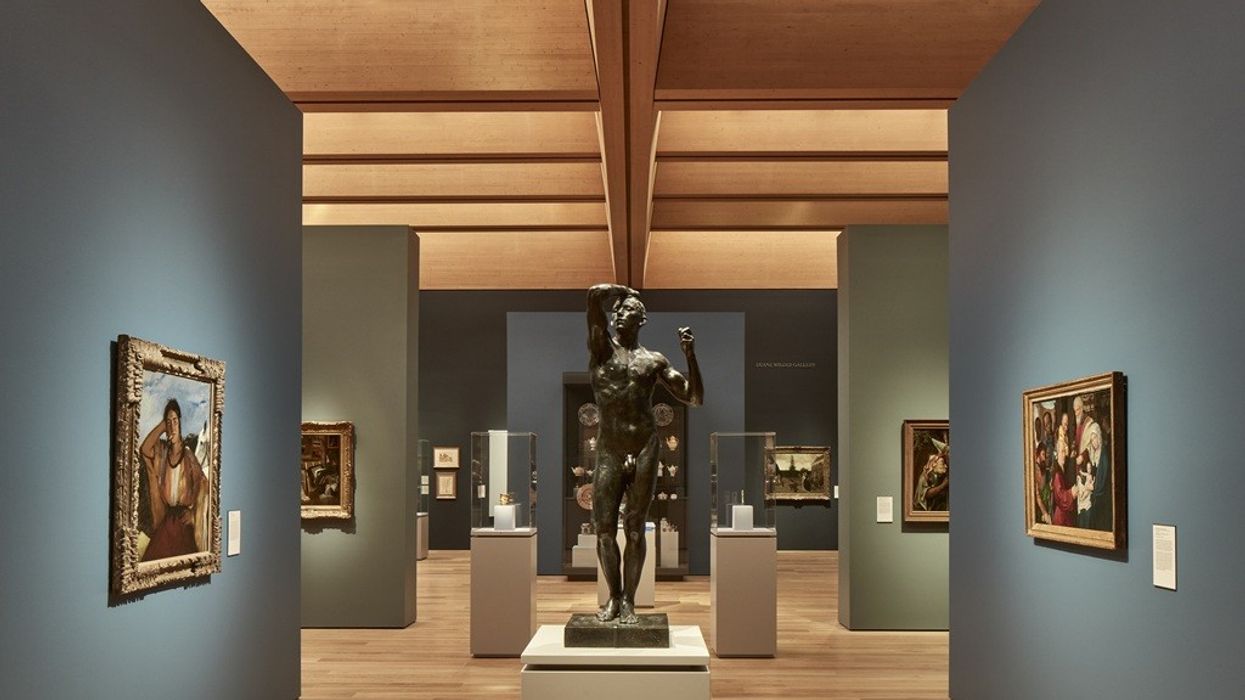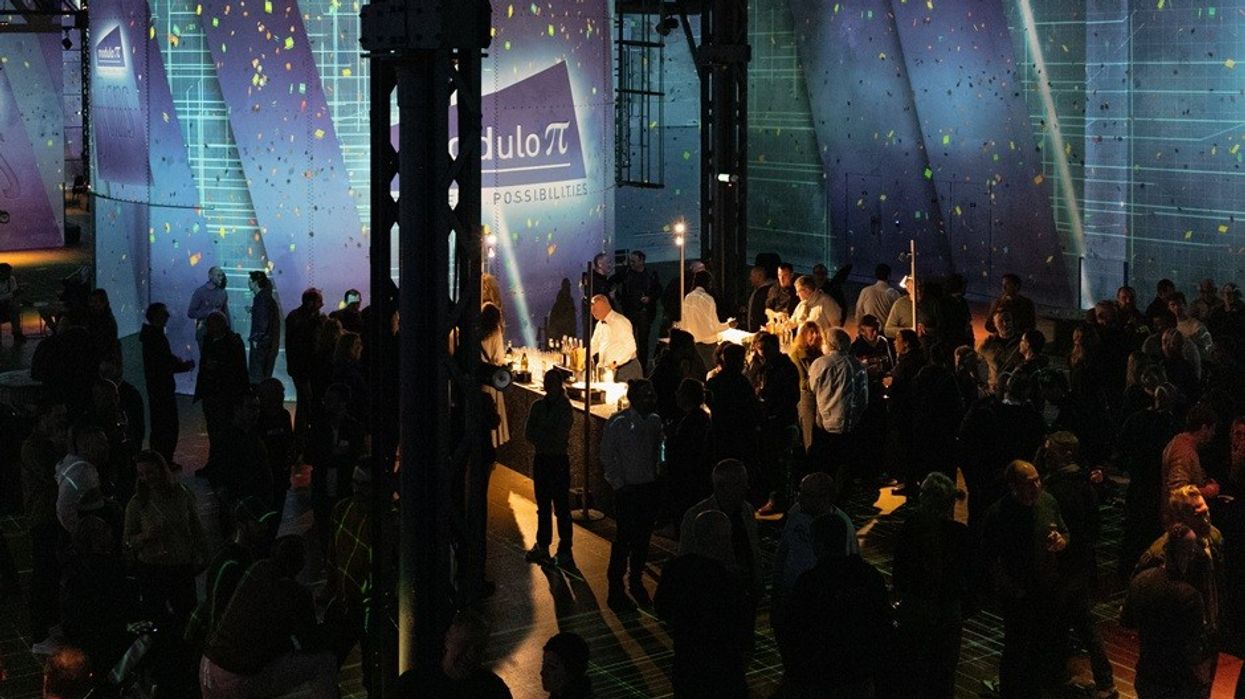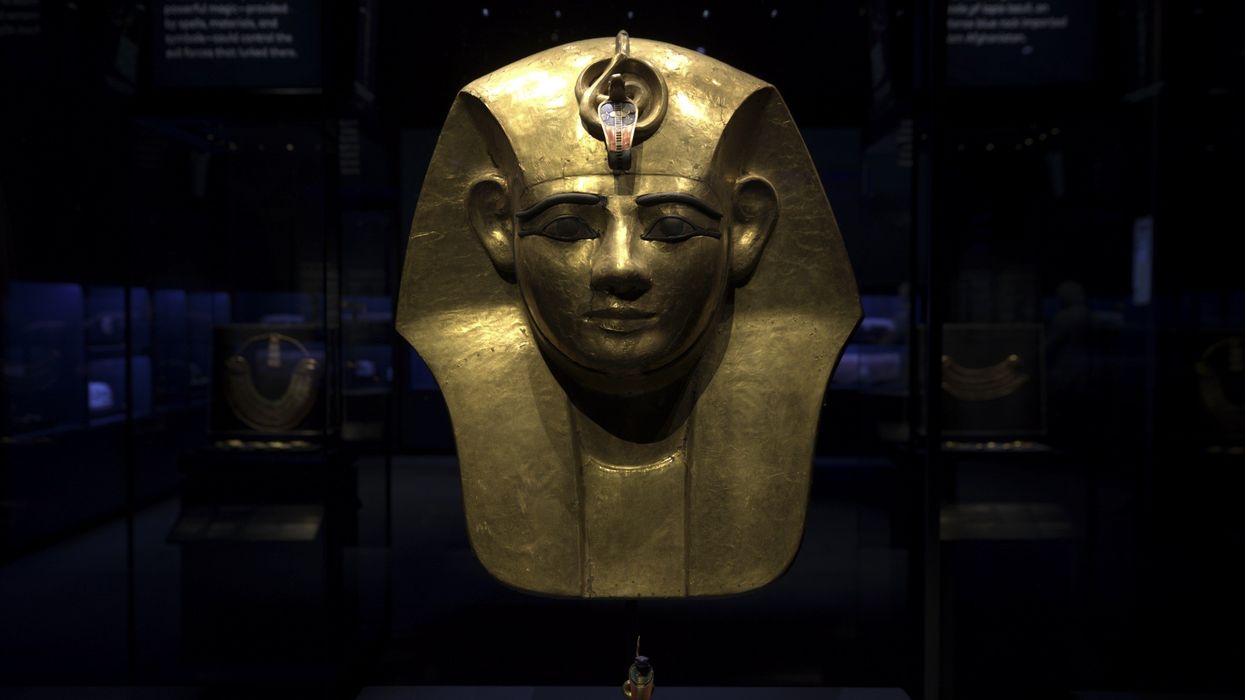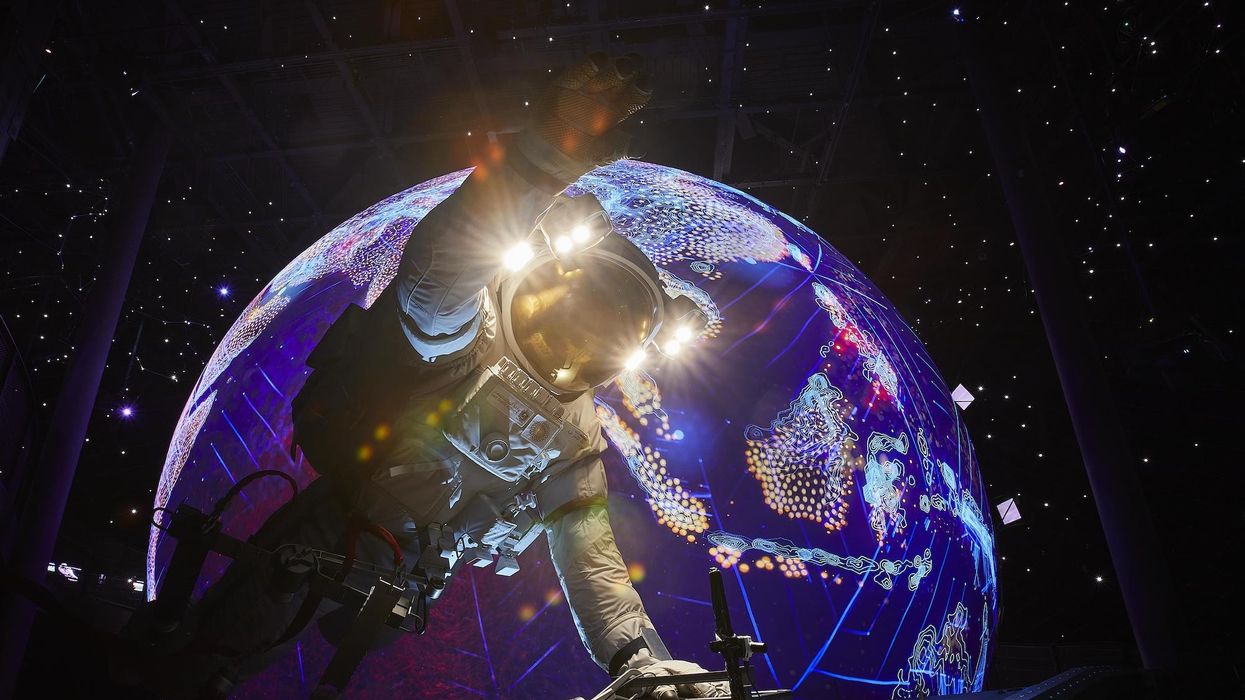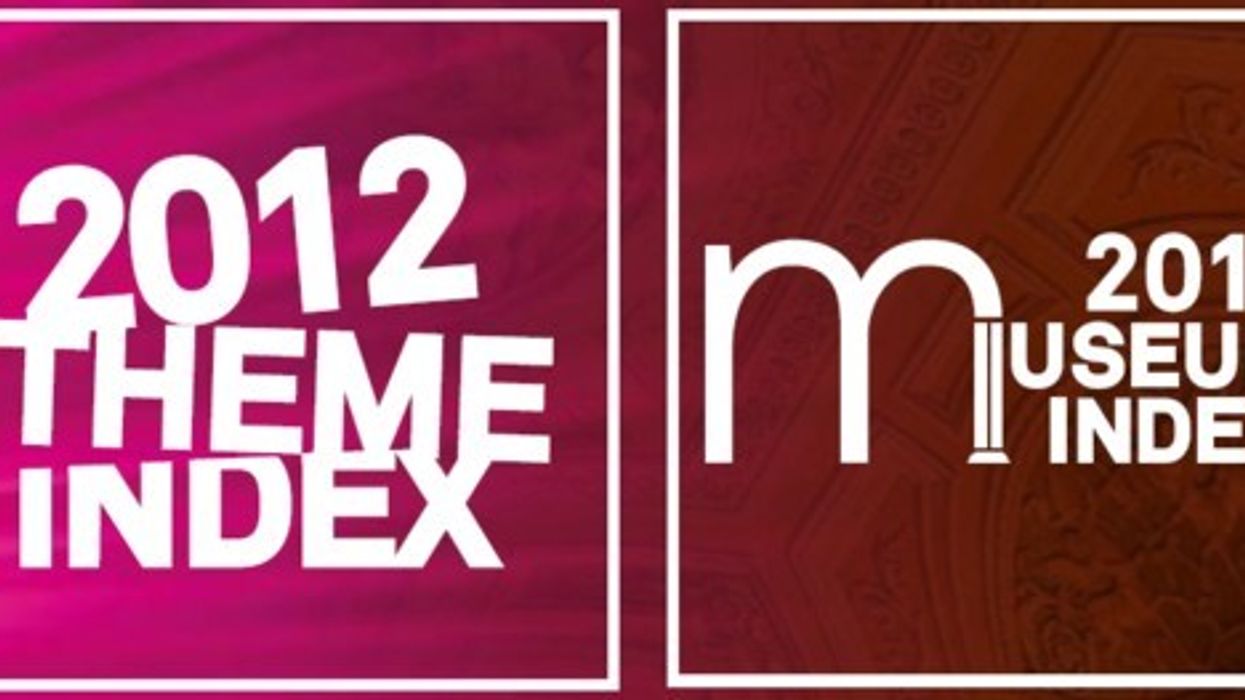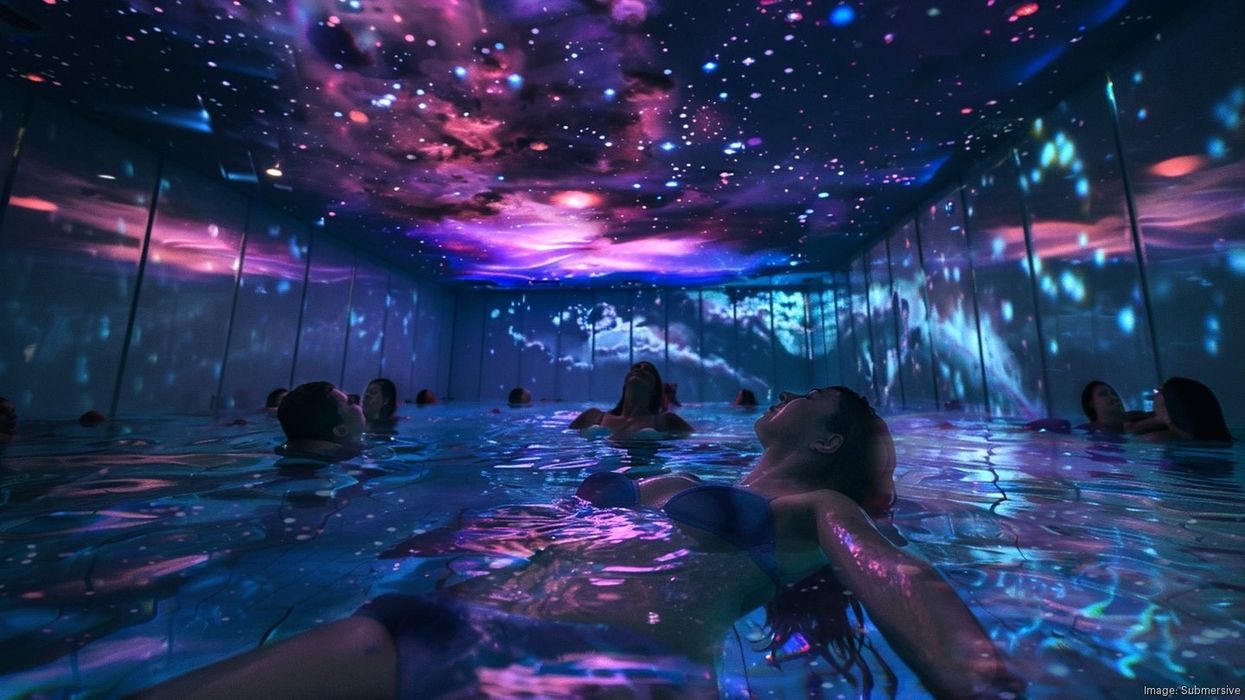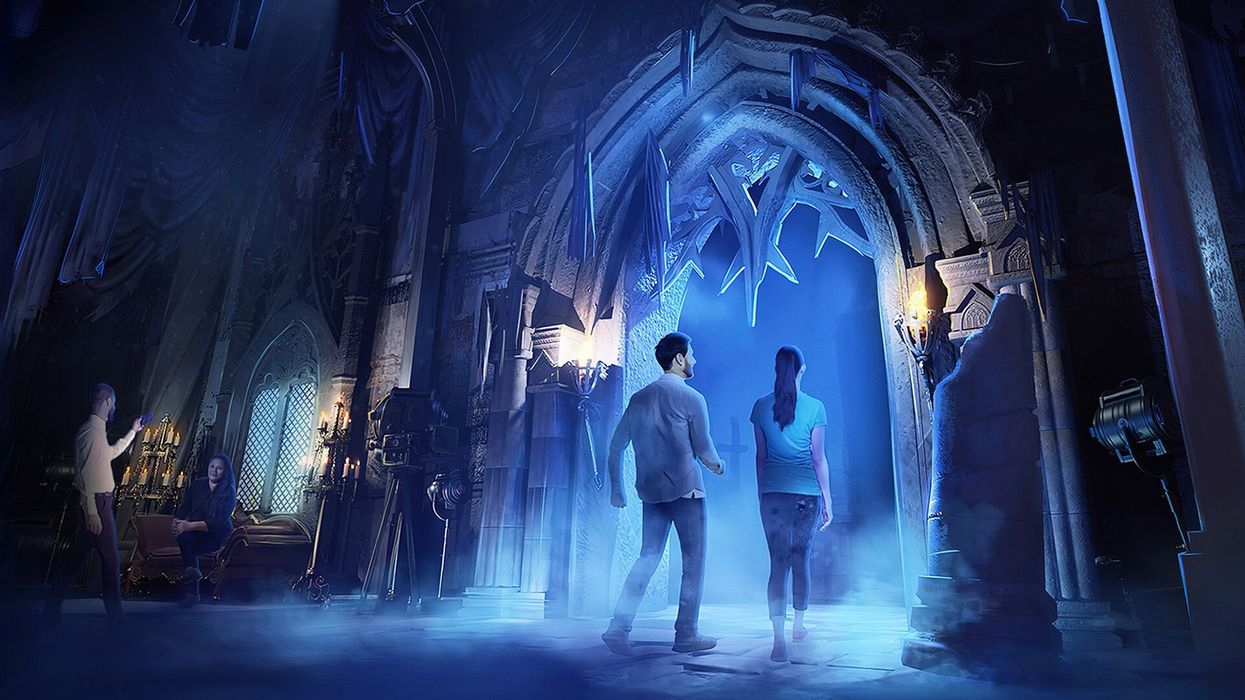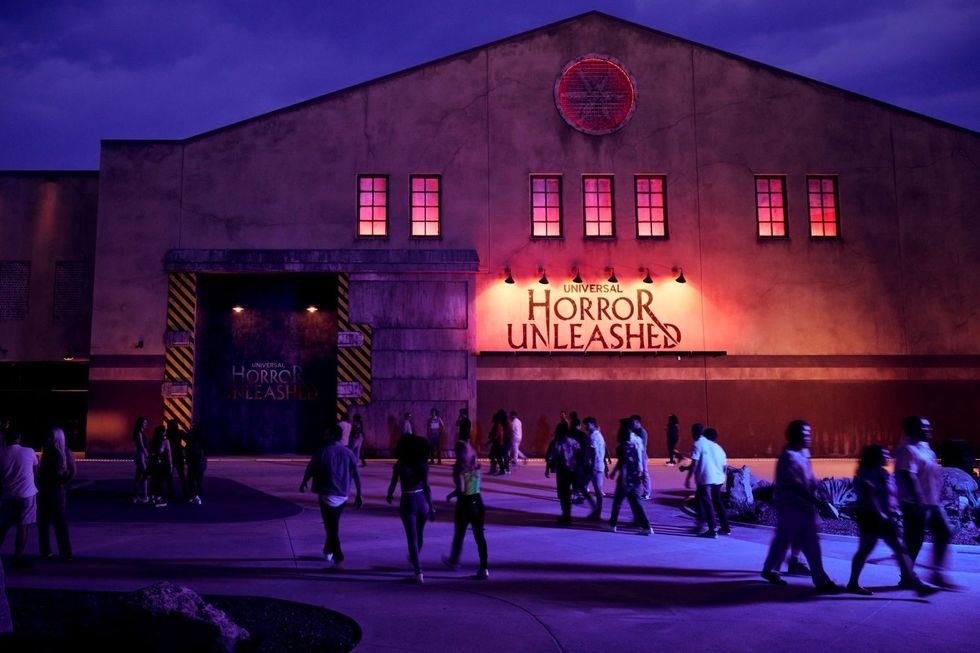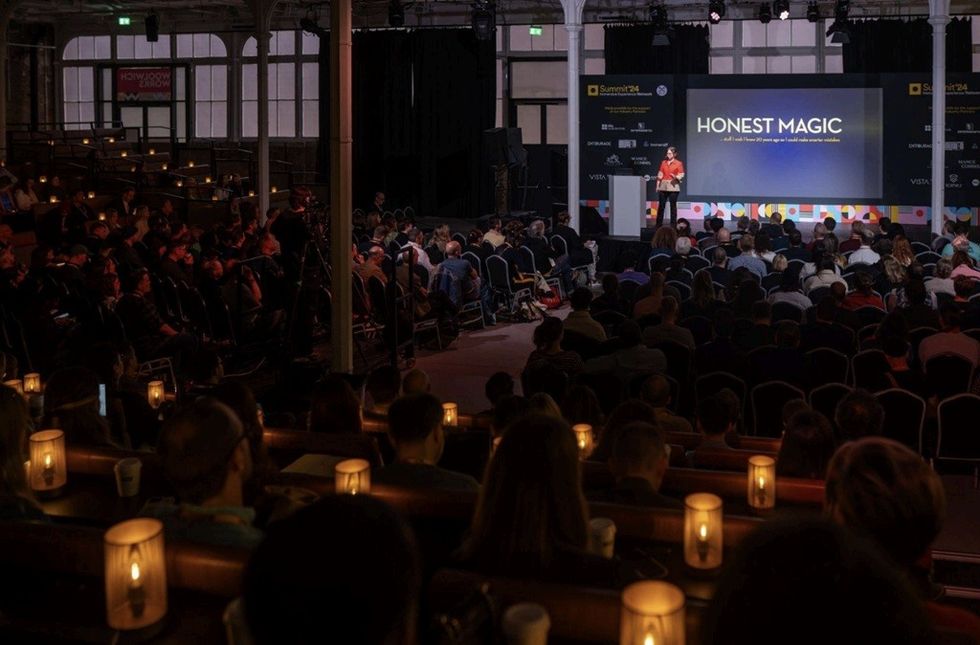kubik maltbie, a leading producer of exceptional exhibits and experiences for museums, science centres, and immersive spaces, is celebrating the launch of the reimagined Princeton University Art Museum.
The gallery design was delivered by Studio Joseph, an acclaimed exhibition design firm, in collaboration with kubik maltbie and casework manufacturer, Click Netherfield.
Versatile display system
The new Princeton University Art Museum opened on 31 October and, as a dynamic cultural gateway at the centre of the campus, presents an alternative to the typical academic museum model.
Designed by Adjaye Associates with Cooper Robertson, the 146,000-square-foot building offers extended space for exhibition, conservation, study and interpretation of the museum’s collections while redefining how a teaching museum can serve both academic and public audiences.

The gallery design, led by Studio Joseph, features a flexible display system that enables unmatched access to the collections of more than 117,000 works of art.
As a result, the teaching museum is more like a seminar than a lecture. Guests can look closely, interrogate assumptions, and develop their own meanings within an open-ended framework.
See also: Built to inspire: kubik maltbie’s turnkey fabrication services
By juxtaposing artworks, it opens up dialogue and encourages critical thinking. This inquiry-based learning model is characteristic of Princeton's academic culture for a broad and diverse public.
Nurturing meaningful connections
The design process brought together stakeholders from the curatorial, education, conservation, digital strategy, collections management, and installation departments.
With this cross-functional approach, conservation requirements were carefully considered, and exhibition elements were seamlessly integrated within the complicated architectural framework.
The adaptable gallery design supports a dynamic and evolving museum.
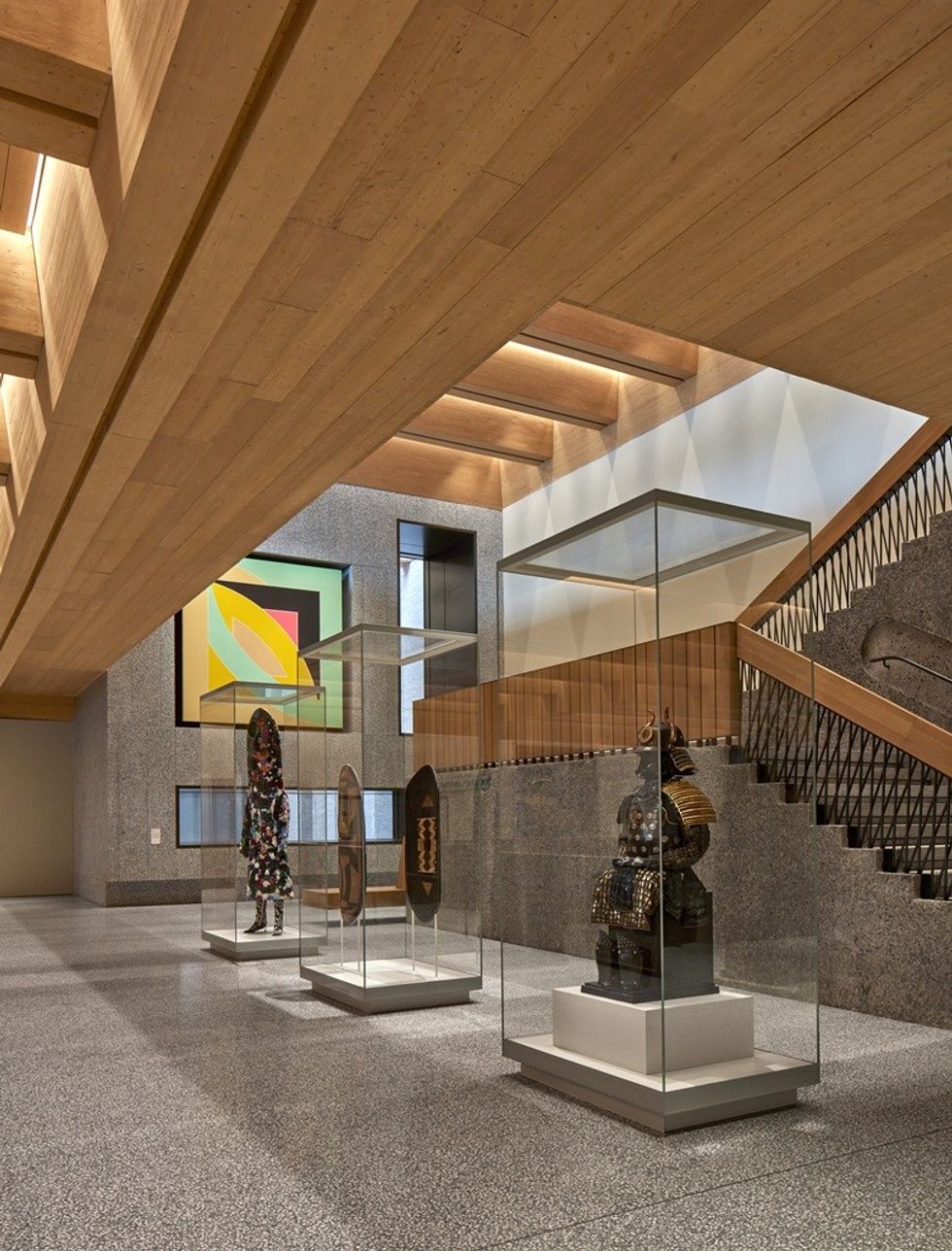
Studio Joseph collaborated closely with kubik maltbie to develop an extensive typology of versatile casework that serves immediate display needs and guarantees continued flexibility in the future.
This system accommodates Princeton's diverse international collections while enabling exhibits to be rotated often without major rebuilding. This is essential for a museum where direct access to collections supports research, teaching, and learning.
The new museum fulfils Princeton's aim to foster meaningful connections across time and cultures.
A 5,000-year timeline of human creativity is now accessible to everyone, including students, researchers, and the general public, in spaces created to promote what museum director James Steward describes as "a deeper sense of our shared humanity."
Earlier this month, kubik maltbie celebrated the opening of the newly refurbished Visitor Center at the Hoover Dam.
